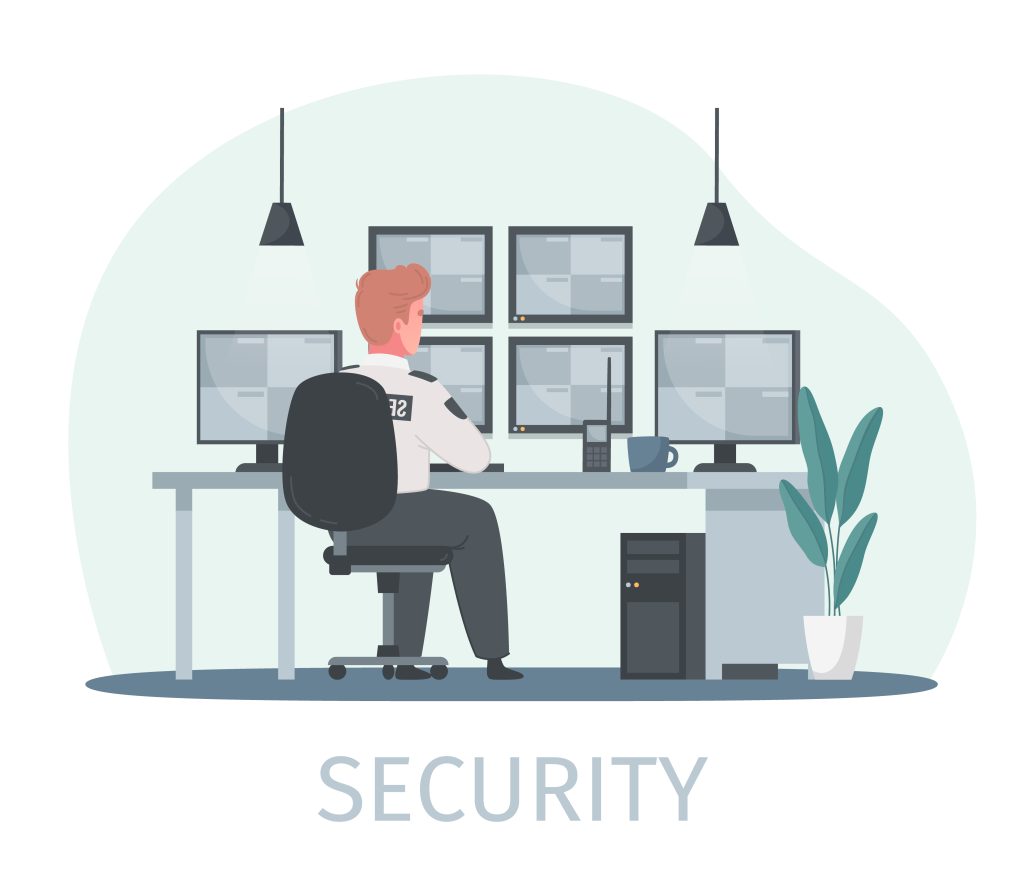
Modern workplaces need seamless security and efficient technology. Combining access control with existing AV systems lets organizations streamline management, enhance safety, and automate environments for better workplace experiences. With proper integration, teams can control both who enters a space and how the technology in that space is used.
The process starts by assessing current devices and identifying areas where access control and AV can intersect. For reliable results, many turn to access control installation by Mondo Media Solutions or CTL Engineering for support tailored to their needs. Integrating these systems can lead to more intuitive meeting rooms, heightened security, and easily managed user permissions.
Key Takeaways
- Integrating access control and AV streamlines operations and security.
- Successful integration requires a clear understanding of existing equipment.
- Professional installation helps ensure reliability and efficiency.
Fundamentals of Integrating Access Control With AV Systems
Integrating access control with existing AV systems requires a clear understanding of security technologies, interoperability, and the business goals driving the integration. Focusing on compatibility and centralized management can enhance operational efficiency and provide a more powerful security solution.
Key Integration Concepts
Access control integration with AV systems brings together security measures like electronic door locks, badge readers, and networked surveillance cameras. Combining these elements ensures that only authorized individuals can enter sensitive areas, with visual confirmation available through surveillance feeds. A unified platform allows events—such as an access denial or forced entry—to automatically trigger audio-visual notifications or recordings.
IT and security teams need to address data flow and system communication. Events from access control systems should correlate with AV triggers for incident verification. It is essential to maintain secure data exchange protocols while enabling real-time alerts. Integration may also utilize APIs to allow seamless interaction between diverse hardware and software used in an integrated security system.
Access Control System Compatibility
Choosing the right access control systems for integration begins with compatibility. Not all security systems or AV platforms use the same communication standards or protocols. It is necessary to confirm that the existing AV solution can exchange data with the access control platform using open protocols or vendor-specific integrations.
Compatibility checks should include verification of supported formats such as ONVIF for surveillance cameras and standard access control protocols. Scalability also plays a role—integrated security systems must support future devices and evolving user needs. Reviewing vendor documentation and integration guides is an important early step before beginning any technical work.
Benefits of Centralized Security Management
A centralized security management solution consolidates security system monitoring and control. With integration, security personnel can oversee access events, view surveillance footage, and deploy AV responses from a single dashboard. This unified approach helps streamline daily tasks.
Immediate, event-based responses—such as activating alarms or sending notifications—are possible across all integrated systems. Centralized control increases operational efficiency and situational awareness, enabling faster decision-making. Organizations experience reduced administrative overhead and can more easily enforce consistent security policies.
Step-By-Step Integration Process and Best Practices
Integrating access control with AV systems requires a careful review of current infrastructure, proactive mitigation of common challenges, and the use of real-time monitoring for enhanced security management. Proper planning ensures secure, compatible, and scalable unified platforms that align with modern security standards.
Assessing Existing Security Infrastructure
A comprehensive security audit is the first step in integration. This involves reviewing access control solutions, video surveillance, alarm systems, and intrusion detection components already in place. Identifying vulnerabilities and any outdated or incompatible systems is critical to minimize integration risks and avoid security breaches.
Security personnel should verify the presence of features like biometric scanners, key card systems, and encryption. Compatibility with existing CCTV and AV equipment is essential for effective centralized management. Compliance with regulations and data privacy requirements must also be addressed before installation to ensure all integrated components meet industry standards. Additionally, evaluating integration capabilities of both access controls and AV platforms ensures that real-time alerts, automated notifications, and centralized control options are feasible. Security trends and advances in cloud-based security may also influence initial assessment and planning.
Addressing Common Integration Challenges
Integration can reveal technical and operational challenges. These may include incompatible access controls, legacy systems without modern APIs, or limited support for encryption between AV and security tools. Data security risks also increase when bridging multiple platforms with sensitive video data and access credentials.
Resolving these challenges may require upgrades to hardware or software, running security patches, and verifying vendor support for integration. Detailed documentation and consultation with AV and security industry professionals help reduce the likelihood of false alarms, system downtime, or gaps in monitoring capabilities. Coordinating with IT teams on cyber threats and ensuring end-to-end data protection further strengthens the overall security posture. It is important to establish clear protocols for incident investigations and escalation to maintain uninterrupted and streamlined operations.
Conclusion
Integrating access control with existing AV systems requires careful planning and assessment of the current infrastructure. Compatibility between technologies is essential for smooth operation and scalability. Businesses benefit from improved security, centralized management, and efficient monitoring when combining these solutions. The process may involve device upgrades or software configuration, but the long-term value can justify the investment.
Working with experienced professionals and following industry best practices can help minimize disruptions. Regular evaluation ensures the integrated system remains effective and adapts to changing needs.